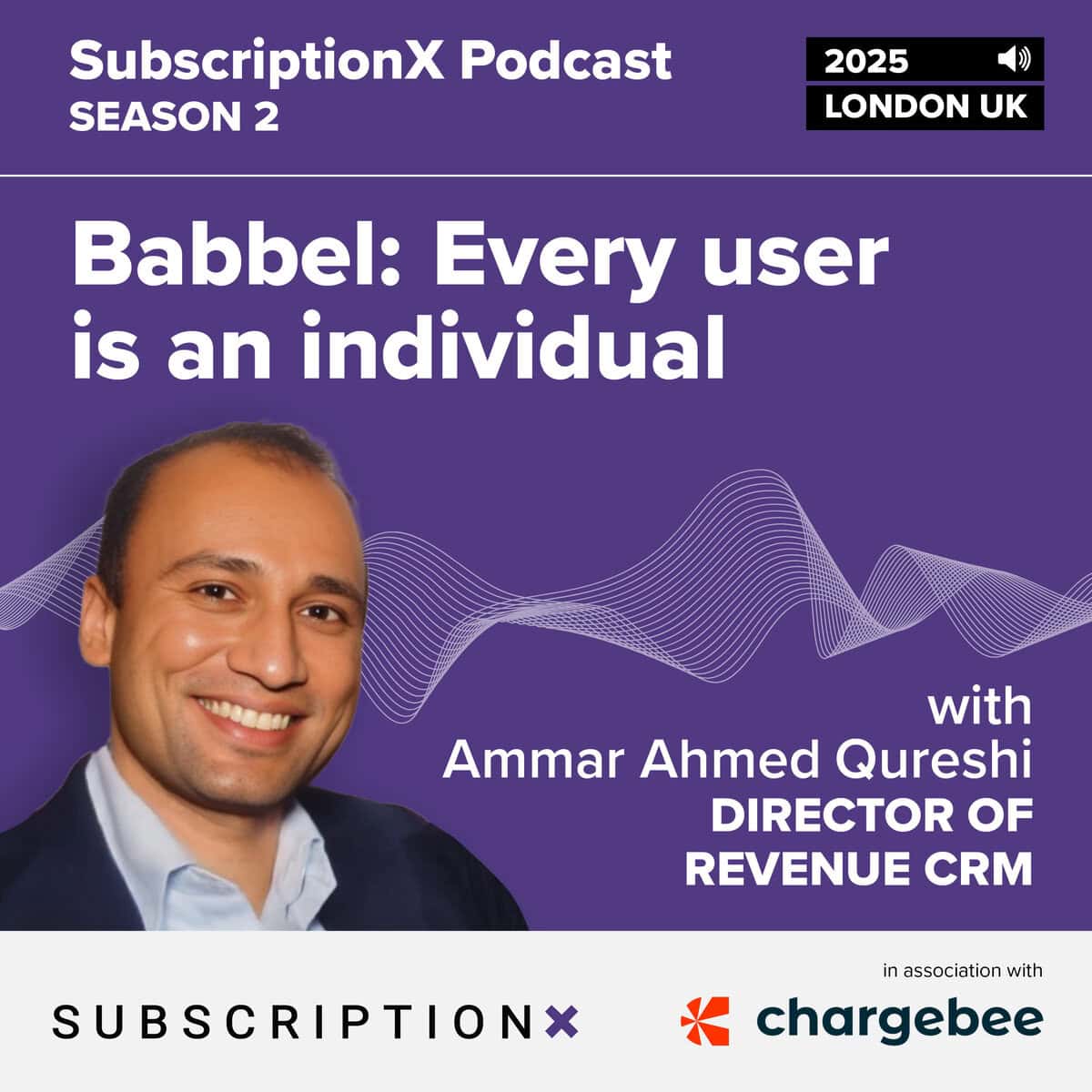Subscription services for regular retail purchases, especially in the grocery sector, are set to soar as post-lockdown shoppers continue to find new ways to avoid going into stores.
According to a study by payment company Paysafe of consumers across the US, UK, Canada, Germany, Austria, Italy and Bulgaria in April 2020, half of shoppers already have at least two subscriptions every month, with nearly a third (27%) expecting that to rise in the coming 12 months.
The Lost in Transaction research goes on to find that a significant 44% of consumers agree that subscriptions are better value than other payment options for a similar service or product. Additionally, just over half (53%) of consumers agree that subscriptions are a more convenient method of paying for goods or services they regularly use.
Among this ongoing surge in demand however, some consumers still have concerns. 46% of people say that they worry that subscriptions can be difficult to cancel and make them feel tied into long-term commitments. Also, being forgetful can be costly, with 35% of consumers admitting overpaying for a subscription service that they have stopped using but failed to cancel.
When it comes to successfully keeping track of subscription payments, the research showed that the overall number of consumers struggling with this is falling slightly, having decreased from 37% in 2018 to 34% in 2020.
“The burgeoning subscription economy is driving traditional pay-per-product companies to move to subscription-based models,” comments Daniel Kornitzer, Chief Business Development Officer at Paysafe. “However, it is clear from our research that companies currently offering or considering offering subscription-based payments should factor in a high degree of customer flexibility and transparency to their service offering. Do this successfully and companies can simultaneously increase consumer trust and alleviate common pain points often experienced with subscription-based payments, such as consumers overpaying or feeling like they are trapped into a long-term financial commitment.”








